Introduction
Comfort food at its finest, Pork and Kidney Bean Stew with Potatoes is a hearty dish that brings warmth and nourishment to the table. This classic culinary blend combines the rich flavors of pork, the earthy taste of kidney beans, and the creamy texture of potatoes, all simmered together in a savory broth. Whether you’re looking for a satisfying meal to combat the chill of a winter evening or simply craving a comforting hug in a bowl, this stew offers the perfect solution.
Originating from various culinary traditions across the globe, where pork, beans, and potatoes are staple ingredients, this stew has evolved into many variations. However, the fundamental essence remains the same: slow-cooked ingredients that meld together to create a flavorful, nutritious, and filling dish. In this article, we’ll walk you through the step-by-step process of making Pork and Kidney Bean Stew with Potatoes, ensuring you achieve a restaurant-quality meal right in your own kitchen.
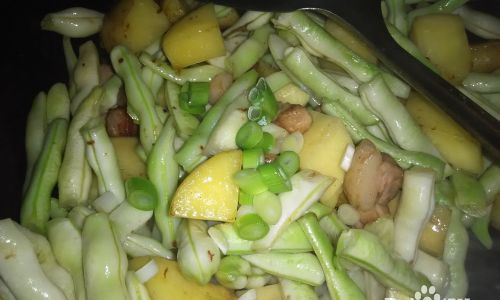
Ingredients
Before diving into the cooking process, let’s gather all the necessary ingredients. Having everything prepared beforehand will streamline your cooking experience and ensure a seamless process.
- Pork Shoulder or Pork Stew Meat: 2 pounds, cut into bite-sized cubes
- Kidney Beans: 1 pound, dried or canned (if using dried, soak overnight and cook until tender before using)
- Potatoes: 4 large, peeled and cut into chunks
- Onions: 2 medium, finely chopped
- Garlic: 4 cloves, minced
- Carrots: 2 medium, peeled and sliced
- Celery: 2 stalks, chopped
- Tomatoes: 2 cans (14.5 ounces each), diced
- Tomato Paste: 2 tablespoons
- Chicken or Vegetable Broth: 6 cups
- Bay Leaves: 2
- Thyme: 1 teaspoon, dried
- Rosemary: 1 teaspoon, dried
- Paprika: 1 tablespoon, smoked (optional for added depth)
- Olive Oil: 2 tablespoons
- Salt and Pepper: to taste
- Fresh Parsley: for garnish (optional)
Equipment
- Large Dutch oven or heavy-bottomed pot
- Wooden spoon or silicone spatula
- Measuring cups and spoons
- Knife and cutting board
- Ladle
Instructions
Step 1: Preparing the Ingredients
Begin by preparing all your ingredients. Cut the pork into uniform, bite-sized cubes to ensure even cooking. Peel and chop the potatoes, carrots, onions, celery, and garlic. If using dried kidney beans, ensure they are soaked overnight and cooked until tender before proceeding. Canned beans can be drained and rinsed.
Step 2: Searing the Pork
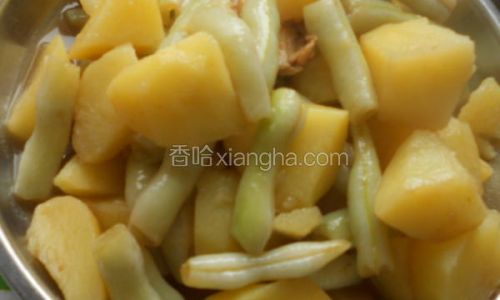
Heat the olive oil in a large Dutch oven or heavy-bottomed pot over medium-high heat. Once the oil is hot, add the pork cubes, seasoning them generously with salt and pepper. Sear the pork in batches to avoid overcrowding the pot, turning them occasionally until they are browned on all sides. This process will take about 5-7 minutes per batch. Remove the seared pork from the pot and set it aside.
Step 3: Sautéing the Vegetables
In the same pot, add the chopped onions, carrots, celery, and garlic. Sauté the vegetables until they are softened and the onions are translucent, about 5-7 minutes. This step is crucial as it builds the flavor foundation of your stew.
Step 4: Adding Aromatics and Tomatoes
Once the vegetables are sautéed, stir in the tomato paste and cook for another 2 minutes, stirring constantly to prevent burning. The tomato paste will deepen the color and add a rich, umami flavor to your stew. Next, add the diced tomatoes, smoked paprika (if using), bay leaves, thyme, and rosemary. Stir to combine all the ingredients evenly.
Step 5: Incorporating the Pork and Beans
Return the seared pork cubes to the pot, nestling them into the vegetable and tomato mixture. If using cooked dried beans, add them now. If using canned beans, wait until the stew has simmered for about an hour before adding them to prevent them from becoming too mushy.
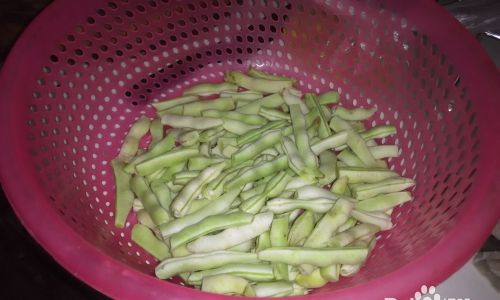
Step 6: Adding Broth and Potatoes
Pour in the chicken or vegetable broth, ensuring all the ingredients are submerged. Bring the mixture to a boil, then reduce the heat to low. Add the chopped potatoes to the pot. Cover the pot and let the stew simmer gently for about 1 hour and 30 minutes, or until the pork is tender and the potatoes are cooked through. Stir occasionally to prevent sticking and to ensure even cooking.
Step 7: Seasoning and Final Touches
After the stew has simmered for the required time, taste and adjust the seasoning with salt and pepper as needed. If the stew seems too thick, you can add a little more broth. Conversely, if it’s too thin, let it simmer uncovered for an additional 10-15 minutes to reduce.
Step 8: Serving
Once the stew is perfectly cooked, remove it from heat. If using canned beans, check their tenderness and adjust cooking time accordingly. Discard the bay leaves before serving. Ladle the stew into bowls, garnish with freshly chopped parsley if desired, and serve hot.
Pairing Suggestions
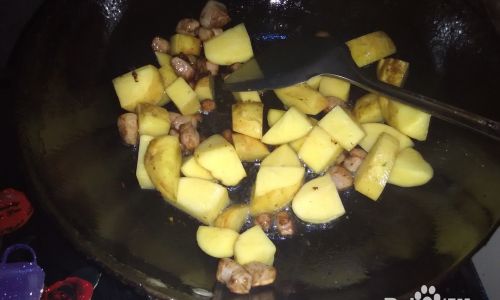
Pork and Kidney Bean Stew with Potatoes pairs wonderfully with a variety of sides. Consider serving it with crusty bread to soak up the delicious broth, a simple green salad for a refreshing contrast, or cornbread for a more substantial accompaniment. For a complete meal, you could also add a steamed vegetable or a light quinoa salad.
Storage and Reheating
Leftovers of this stew are equally delicious and can be stored in an airtight container in the refrigerator for up to 4 days. To reheat, simply place the stew in a pot on the stove over medium-low heat, stirring occasionally until heated through. Alternatively, you can reheat individual portions in the microwave.
Conclusion
Pork and Kidney Bean Stew with Potatoes is a timeless dish that combines simplicity with profound flavor. Its hearty nature makes it perfect for family dinners, cozy nights in, or feeding a crowd. By following the steps outlined in this article, you’ll be able to create a dish that is not only nutritious and comforting but also bursting with layers of taste. So, the next time you’re in the mood for a satisfying, soul-warming meal, give this stew a try. Your taste buds will thank you!


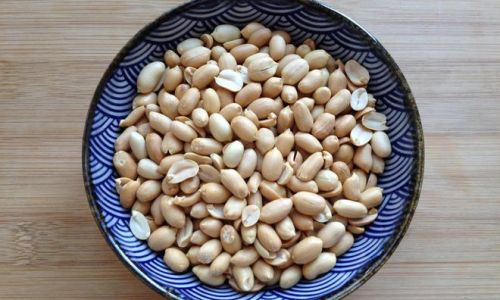

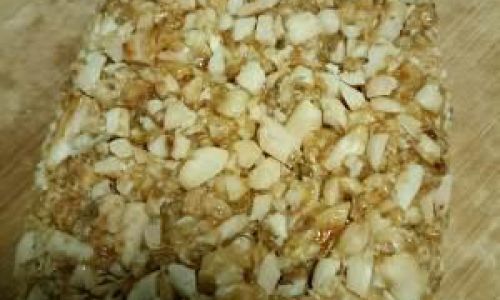
0 comments